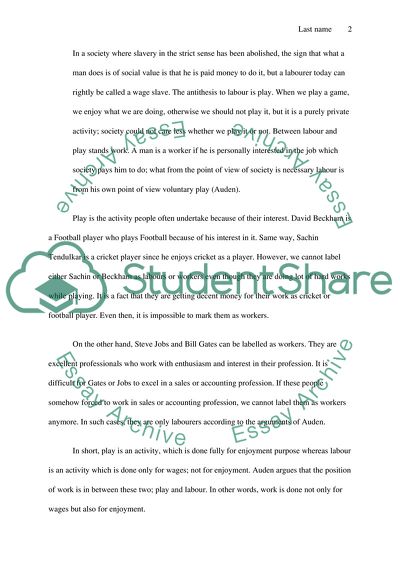Cite this document
(The Differences between Work and Labor Case Study Example | Topics and Well Written Essays - 1250 words, n.d.)
The Differences between Work and Labor Case Study Example | Topics and Well Written Essays - 1250 words. https://studentshare.org/sociology/1783995-work-labor-play-by-auden
The Differences between Work and Labor Case Study Example | Topics and Well Written Essays - 1250 words. https://studentshare.org/sociology/1783995-work-labor-play-by-auden
(The Differences Between Work and Labor Case Study Example | Topics and Well Written Essays - 1250 Words)
The Differences Between Work and Labor Case Study Example | Topics and Well Written Essays - 1250 Words. https://studentshare.org/sociology/1783995-work-labor-play-by-auden.
The Differences Between Work and Labor Case Study Example | Topics and Well Written Essays - 1250 Words. https://studentshare.org/sociology/1783995-work-labor-play-by-auden.
“The Differences Between Work and Labor Case Study Example | Topics and Well Written Essays - 1250 Words”. https://studentshare.org/sociology/1783995-work-labor-play-by-auden.


